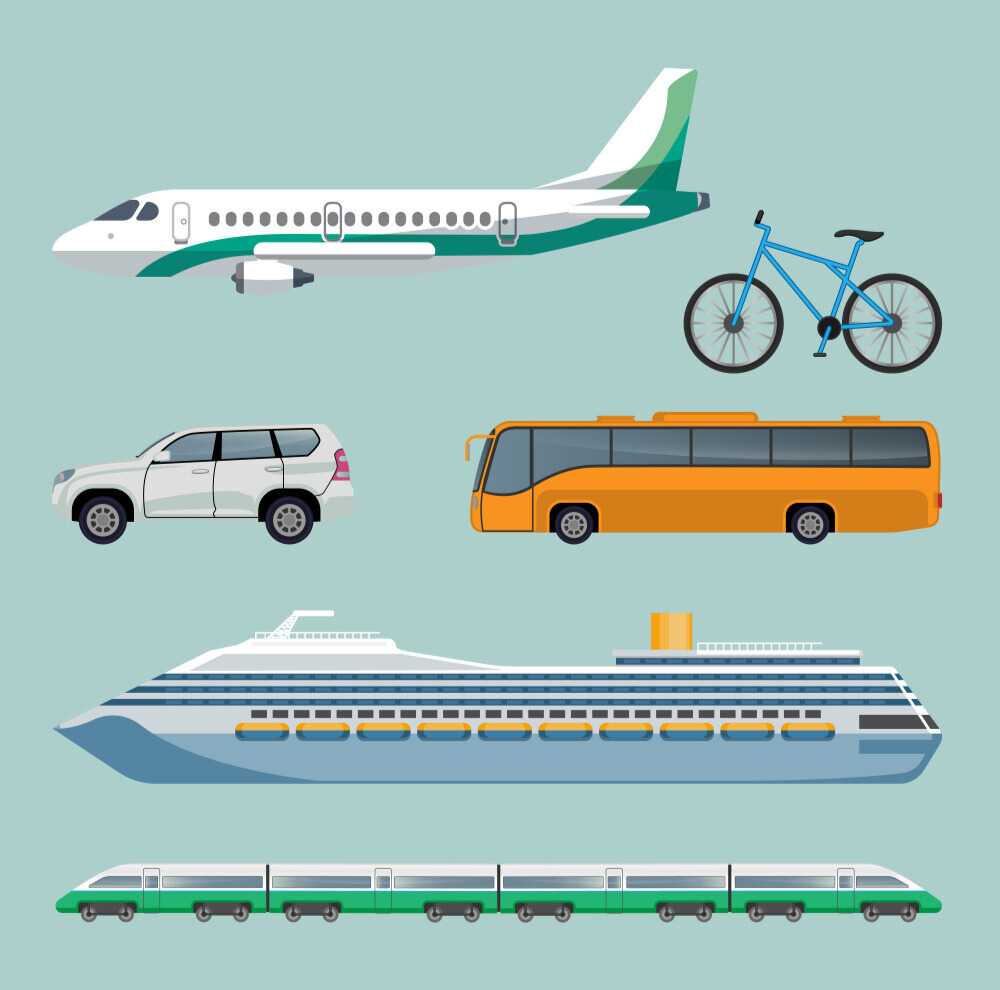Story Of Transport
story of transport by Delta publications
Key Notes :
Introduction to Transport:

- Transport refers to the movement of people, goods, and animals from one place to another.
- It plays a crucial role in the development of civilization by connecting places, cultures, and economies.
Early Forms of Transport:

- In ancient times, humans used to travel on foot, carrying goods on their backs.
- The invention of the wheel around 3500 BCE revolutionized transport, leading to the development of carts and chariots.
- Animals like horses, camels, donkeys, and elephants were domesticated to carry loads and pull carts.
Water Transport:

- Early civilizations, especially those near rivers, used boats made of logs or hollowed-out tree trunks.
- The invention of sailing boats and ships enabled long-distance sea travel.
- Rivers like the Nile, Ganges, and Euphrates became major trade routes.
Invention of Roads:

- As transport evolved, people began constructing roads for smoother travel.
- The Roman Empire is known for building extensive networks of roads that connected various parts of Europe, facilitating trade and military movements.
Development of Railways:

- The invention of the steam engine in the early 19th century by James Watt led to the development of trains.
- Railways became a faster, cheaper, and more efficient mode of transporting goods and people over long distances.
- The first successful steam-powered railway was George Stephenson’s Rocket in 1829.
Modern Transport:

- With the advent of the internal combustion engine, cars, buses, and trucks became popular forms of road transport.
- The development of the airplane by the Wright Brothers in 1903 opened the skies to human travel, making long-distance travel much faster.
- Today, we have high-speed trains, electric cars, and airplanes connecting every corner of the world.
Air Transport:

- Air travel has revolutionized global connectivity, allowing people to travel across continents within hours.
- The development of jet engines and commercial flights in the mid-20th century made air travel more accessible to the public.
Water Transport in Modern Times:

- Ships have evolved into large cargo ships, tankers, and cruise liners that transport goods and people globally.
- Container ships play a crucial role in international trade, carrying large quantities of goods efficiently.
Public Transport Systems:

- Cities around the world have developed efficient public transport systems like buses, metros, and trams to reduce congestion and pollution.
- Electric and hybrid vehicles are being promoted to reduce the carbon footprint and protect the environment.
Future of Transport:

- Innovations like electric vehicles, autonomous cars, and hyperloops are shaping the future of transport.
- The focus is on developing sustainable and eco-friendly modes of transportation to combat climate change.
Significance of Transport:
- Transport has made the world more accessible, boosting trade, tourism, and cultural exchange.
- It contributes to economic growth by creating jobs, enhancing trade, and connecting markets.
Let’s practice!

